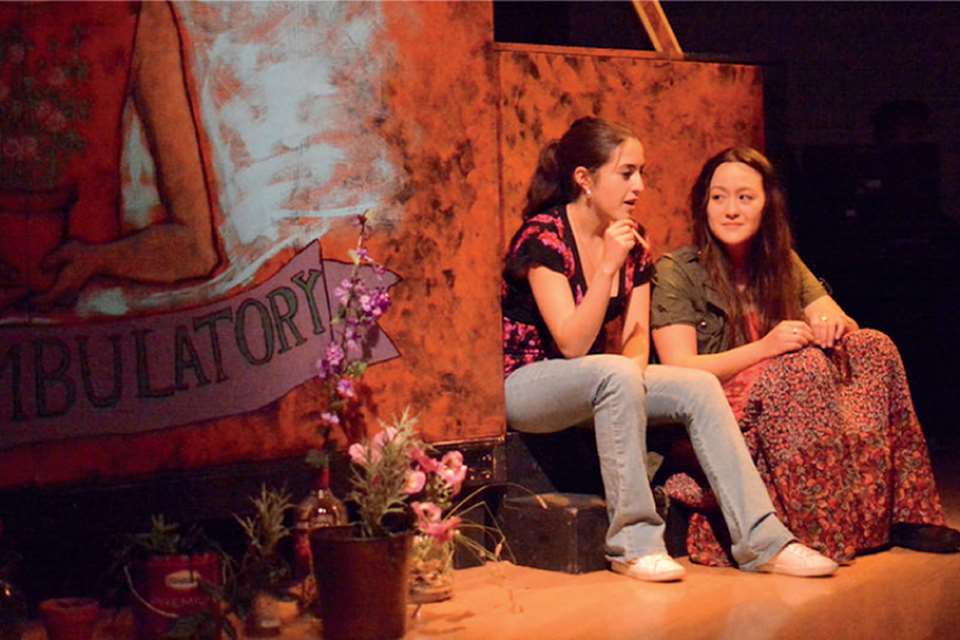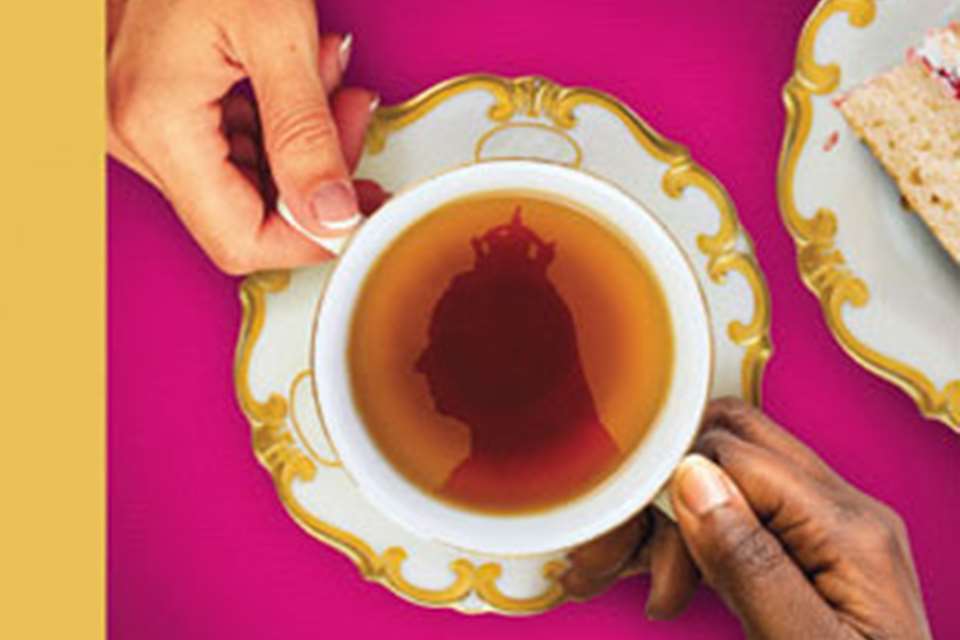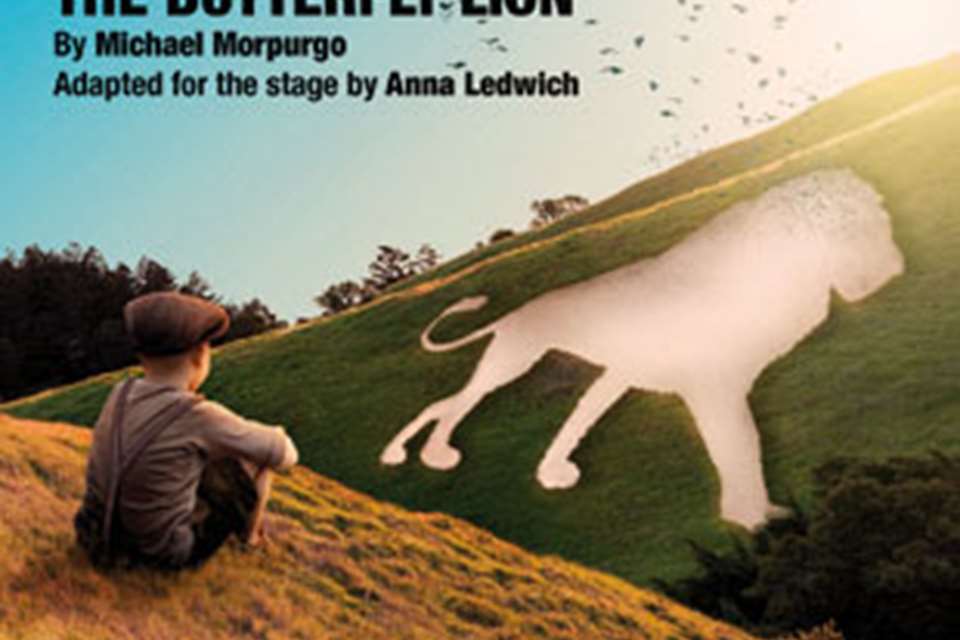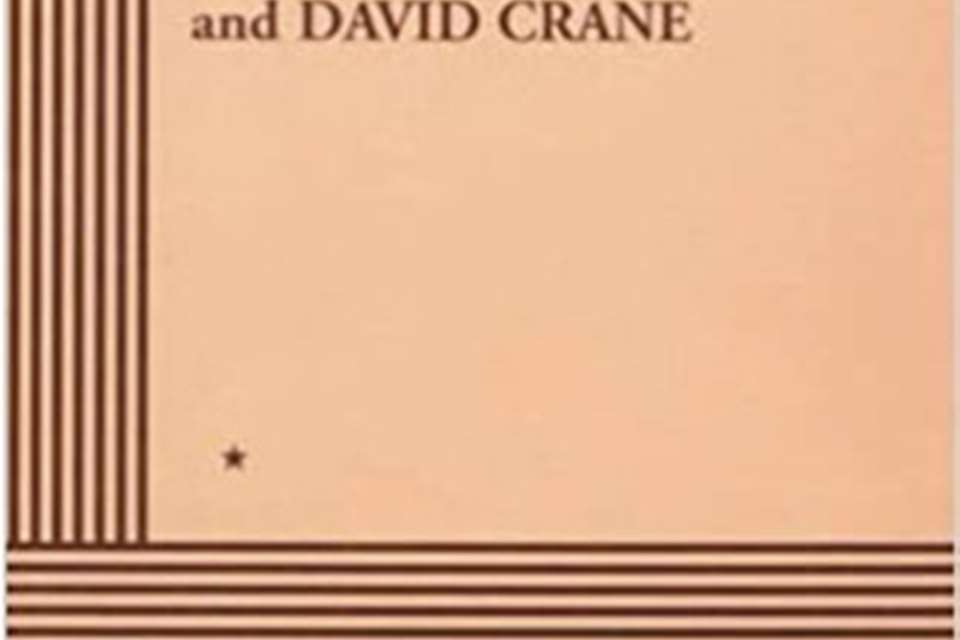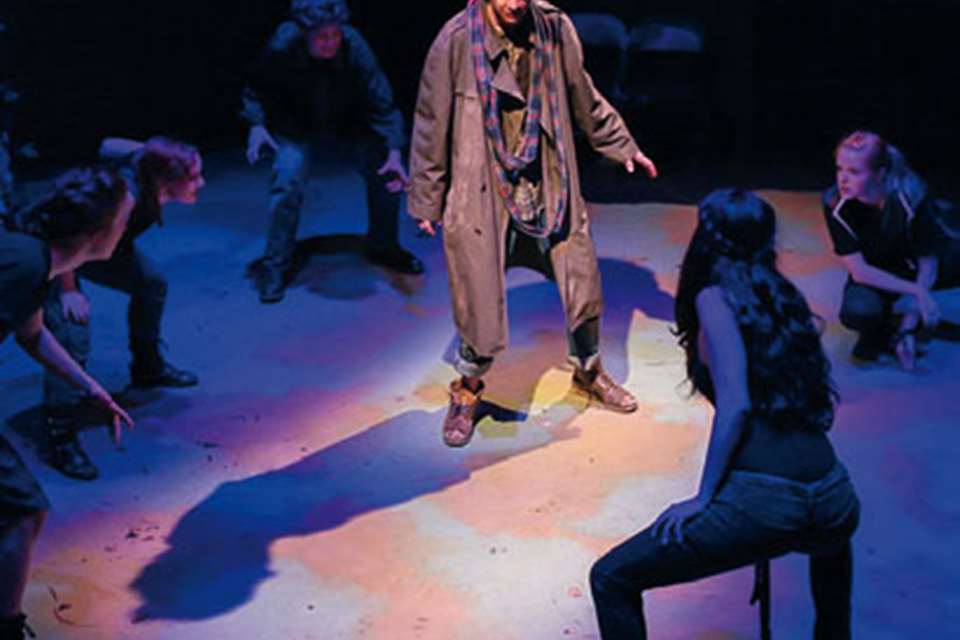Five great plays … by Irish women playwrights writing in the 1920s and 1930s
Lisa Fitzpatrick
Thursday, September 1, 2022
Each issue of D&T, we bring you five suggested plays for studying or mounting with your students. This issue Lisa Fitzpatrick looks at female Irish playwrights of the 1920s and 1930s. All are published in her anthology by Methuen Drama
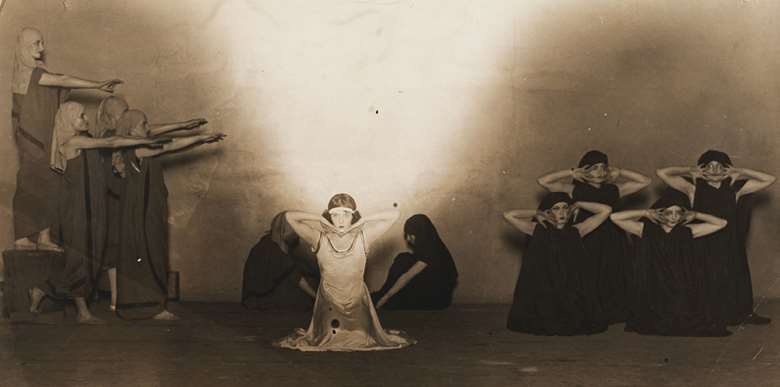
Nuig archives
Bluebeard by Mary Devenport O’Neill
Cast: 8F, 4M
Synopsis: Based on the legend of Baron Bluebeard, who murdered his wives for the sin of curiosity, this dance-poem stages the story of the last wife Ilina, and her escape from her dreadful fate.
Why it's great for exploring women's rights: The story is well known, but this piece of modernist experimental dance-theatre articulates the experience of oppression and patriarchal violence from the perspective of the woman. It also incorporates a final dance by a chorus of dead wives, who enact their revenge on Bluebeard, though they are ‘scattered’ at the end. The play expresses women's struggles to defy the steady erosion of their rights in the period after the Civil War.
Witch's Brew by Dorothy McArdle
Cast: 4F, 2M
Synopsis: In early Christian Ireland, Una is dying in a hut in the middle of a storm. Her husband has gone for the hermit who will pray for her salvation, even if he cannot save her life. However, her mother-in-law seeks a magic brew from the ‘witch’, that will save her body, but damn her forever.
Why it's great for its contrasting women: McArdle was a revolutionary and a political prisoner, and later a journalist and historian. In this play she examines the tensions between women's freedom, and the Irish nationalist conception of women as symbols of the nation. The pious and submissive Oona who obeys patriarchal laws of religion is sharply contrasted with the wild, pagan ‘girl of the forest’, Blanid, in this short folk-play.
Distinguished Villa by Kate O’Brien
Cast: 3F, 3M
Synopsis: Distinguished Villa is set in Brixton in the 1920s, in the home of Natty and Mabel Hemworth. They share their home with Mabel's sister Gwen and a lodger named Frances. Mabel is obsessed with her version of respectability, which inflicts misery on those around her and particularly on her husband Natty.
Why it's great for its female characters: The play is unusual for its frankness in creating female characters who treat sex as fun (Gwen), or as healthy (Frances), in contrast with Mabel who implies that she and Natty have no physical relationship because she is ‘delicate’. It is also notable for its representation of working-class life, at a time when most drama focused on the middle and upper classes.
Youth's the Season…? by Mary Manning
Cast: 6F, 7M
Synopsis: In the Millington family home, Desmond celebrates his 21st birthday with his sisters and their fashionable friends. It is set in Dublin in the 1920s and the characters have come of age following a decade of warfare. As the author commented, they are a generation ‘raised in gunfire’, who must now find their place in the new Irish Free State.
Why it's great for its portrayal of minorities: The characters include Desmond, who is gay, and the young, wealthy, urban, Protestant minority rarely seen on the Irish stage, at a moment of great upheaval. In the remarkable second act, which stages a expressionistic, nightmarish birthday party, the play uses humour and irony to illuminate the ambitions and fears of the characters and their search for meaning and adventure.
The Woman by Margaret O’Leary
Cast: 4F, 7M
Synopsis: In rural Ireland in the late 1920s, Maurice is expected to devote himself to his parents’ farm and the care of his motherless children. But he has fallen passionately in love with Ellen, a strange young woman from a bad family who seeks to claim him entirely for herself, taking him away from his children and his inheritance.
Why it's great for its feminist interventions: The play is an excellent but little-known example of the peasant play, and it makes significant feminist interventions into that genre. With its rural setting, it touches upon many of the great themes of Irish theatre, including family and the love of the land. But it confounds the reader's expectations when Maurice doesn't embrace his duties to his family and to the land. Instead he loves Ellen, who is imaginative and restless, filled with longing for other places and other ways to live. O’Leary examines the tensions between love and duty, ultimately favouring passion and freedom. The play points to stripping away of women's civil rights during this period, in Ireland and elsewhere.


